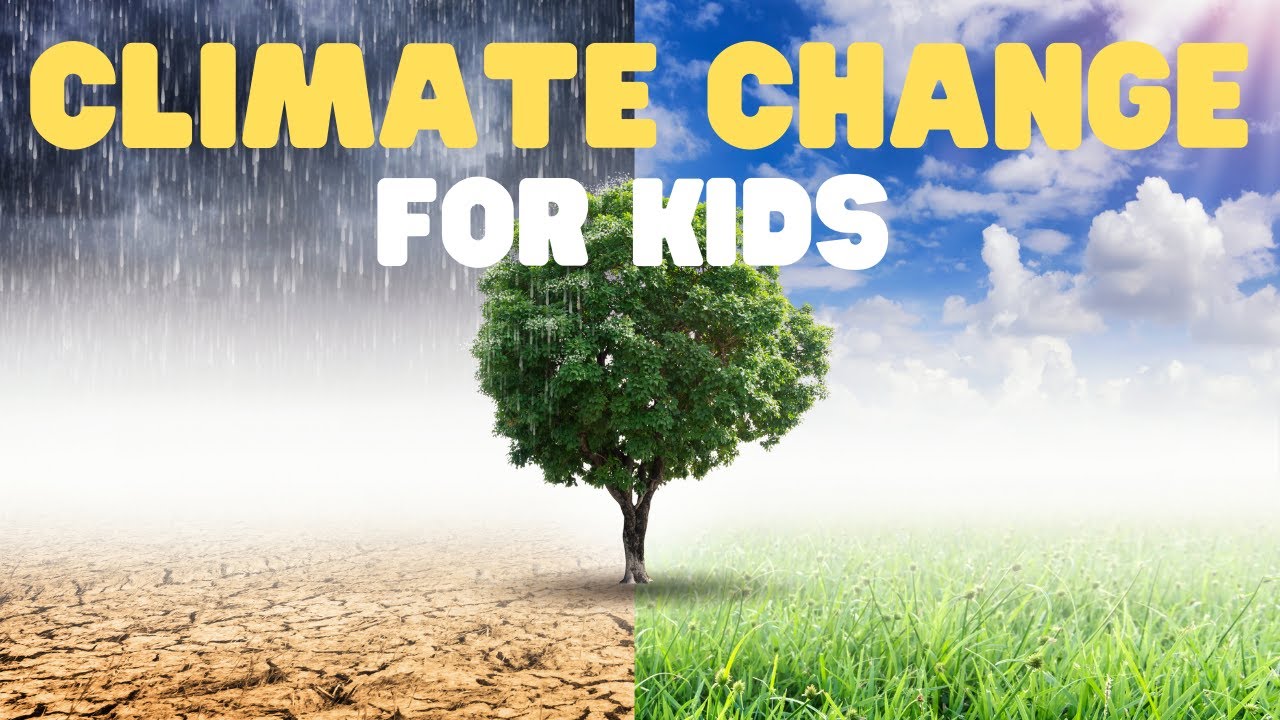A National Public Radio (NPR) poll shows that 84 percent of parents think children should learn about climate change while only 45 percent of parents report having a conversation with their kids on the topic. Breaking the silence around climate change is a key step in developing intergenerational solutions.
A 2015 study from Brown University shows that routines and habits are formed by age nine, so lessons like turning off the lights to save energy and recycling to reduce plastic pollution will stick with children who learn to do so early on in life.
Likewise, addressing tougher climate topics should wait until kids are at least nine years old. Keeping in mind that your child may have already heard about climate change, gauging how much they know can be a jumping off point. To introduce the science, Robin Gurwitch, a professor and psychologist at Duke University, suggests using the “blanket analogy,” which explains that the Earth is protected by a layer, like a blanket, that keeps it at the right temperature. Climate change, caused by gases that people put into the air by using lots of energy, adds more blankets around the earth, making it too hot. If questions arise that you are unable to answer, take the opportunity to learn together and keep the conversation going.
While interpreting climate change for children involves teaching about seemingly unending challenges, it is important to emphasize the solutions. Children should know that there are scientists all over the world working hard to solve the problem and that regular citizens can help in meaningful ways. Suggest ways to be a part of the solution with small actions that you do together as a family, like a meatless Monday tradition or participation in the Turn It Off Campaign that encourages not idling your car when it is parked. These help make your children part of the solution as they learn about the problem. [GW]


